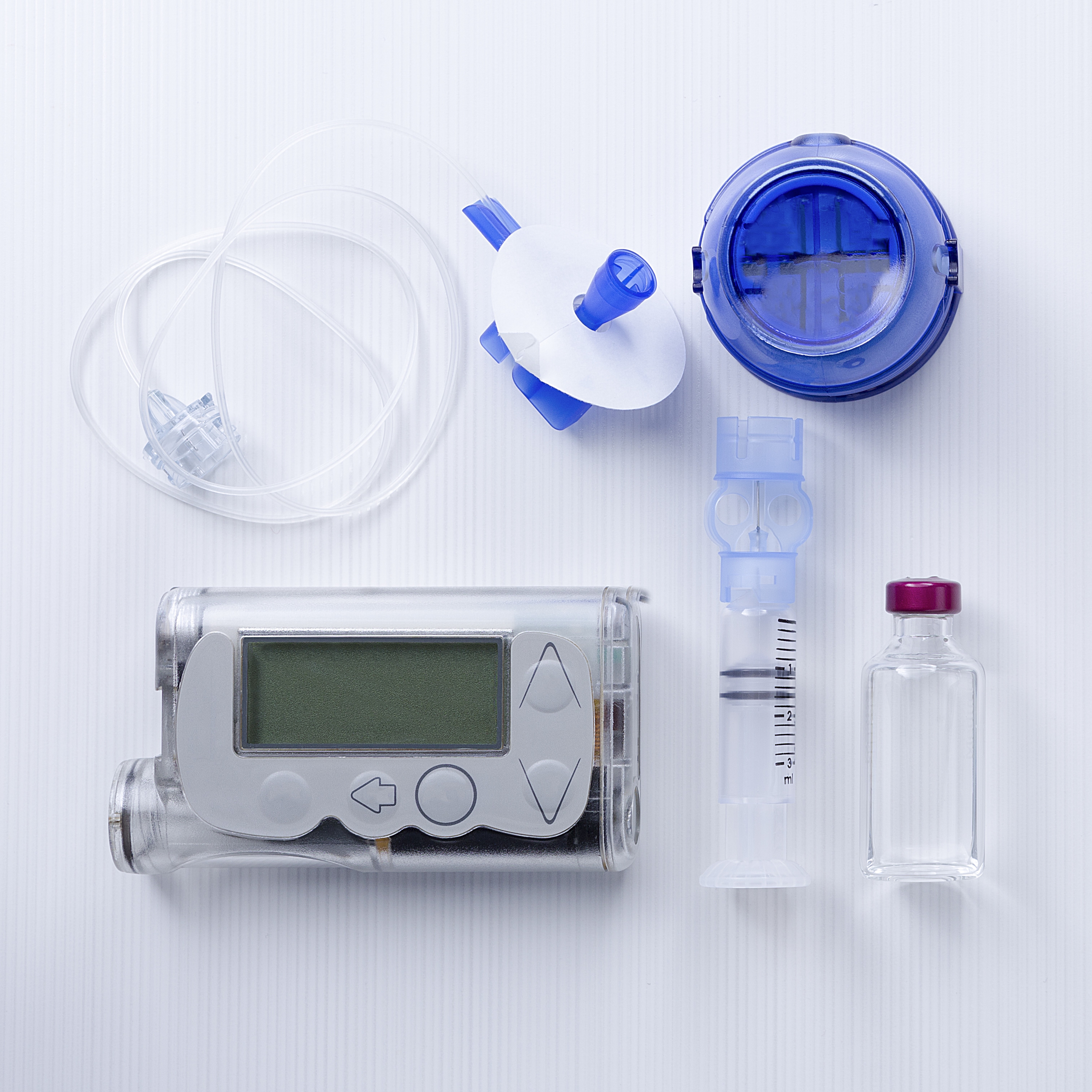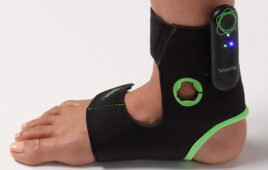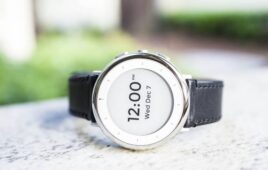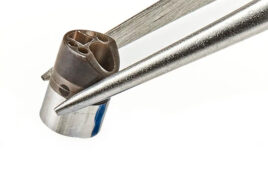Infusion pumps can have a potent impact on patients’ lives, and new technologies are leading to some exciting advances for these devices. For some patients, small pumps that provide instantaneous monitoring and medicating can eliminate the need for manual injections.
A Growing Market
According to RNR Market Research, the global infusion pumps and accessories market is expected to reach USD 10.2 Billion by 2020 at a CAGR of 5.8% during the forecast period. The primary reasons include a larger geriatric population with increasing chronic diseases, increased use of pumps at home, and continuing technological improvements.
In its 2015 Infusion Pump Report, IHS predicts that the greatest revenue growth overall in the market will be for disposable ambulatory infusion pumps. This is due to the need for patient care outside hospital environments for the purposes of reducing expensive treatment costs. Design engineers understand that disposable infusion pumps must remain simple to use and cost effective, but infusion-pump functionality is becoming more complex as the devices evolve.
Perhaps the most important advancement is around safety, which involves developing lower friction piston seals, higher wear strengths, and longer life mechanisms. There is also a need for smaller pumps that are easier to wear, providing diabetes patients with less limitations in terms of travel and activity. Several market leaders are working on small insulin pumps that provide instantaneous monitoring and medicating, which could obsolete manual syringe needles in the next few years.

New materials and components are helping designers create infusion pumps which are longer-lived, more compact, and more versatile than ever before. Photo Credit: Trelleborg Sealing Solutions
According to the American Diabetes Association, in addition to eliminating injections, insulin pumps deliver more accurate dosing. This can improve A1C levels (blood sugar levels), decrease large blood-glucose swings, reduce low blood-glucose episodes, more efficiently deliver boluses, and allow diabetes sufferers to exercise without first having to eat large amounts of carbohydrates.
Newer pumps do not require tubing. The insulin-delivery device is placed directly on the skin, and adjustments are made through a small device that works within a six-foot range of the insulin delivery device. Patients can carry the device in a pocket or purse when traveling and keep it nearby when at home or work.
One of the most exciting pump technology advances is the ability to use pumps in tandem with glucose sensing technology (known as an artificial pancreas) that administers insulin based on actual glucose levels as determined by the glucose sensor. Insulin delivery is halted once a pre-programmed glucose level threshold is met.
Better Seals, Better Pumps
The most urgent engineering need at the moment is improving the piston seal used in insulin pumps. Specifically, these pumps need seals that have a long life and provide a strong seal with a very low friction rate. A certain amount of friction is necessary but if it becomes too much, malfunctions can occur.
Preventing occlusions in the line delivering medication is another critical consideration. To ensure strong alignment and to keep the device centered and concentric, most insulin pumps use either a dual seal such as an O-ring or multiple-lobe seals. Since insulin pumps tend to be small and intricate with many moving parts, this is especially important.
The material compound to be used in the seal is the first of three important decisions. There are thousands of potential polymeric compounds to consider, including silicone, PTFE (polytetrafluoroethylene), and EPDM (ethylene propylene diene monomer). Zeroing in on the best compound is a matter of considering its ability to be sterilized, availability, leachability, extractability, along with applicable regulatory requirements. Infusion pump manufacturers will want to work with a supplier that has the ability to completely understand how the seal must function within the device, the manufacturing requirements, and the regulatory environment.
In some cases, it may be advantageous to add a coating to the seal to reduce friction, increase the life of the seal, and/or add antimicrobial properties. However, the coating should be tested rigorously to make sure it will not have a negative impact as part of the solution. It is important to look at the release properties, temperature performance, abrasion resistance, and product integrity.
The third consideration in improving insulin pumps is the geometry of the seal, which determines its degree of force, the coefficient of friction, and hydrodynamic qualities. It’s critical that the seal remains in line with the required gradient (measurement) of dosage. Equally important is to consider how the needle will be voided after use and whether or not one or several “lay downs” on the bore of the syringe will be needed (this is determined by the motor’s mechanical force to move the plunger).
With more patients adopting wearable devices, there is a much higher demand for small pumps that are less visible under clothing. These slim devices are even moving toward being controlled through gadgets the patient already carries, such as a smartphone, smart watch, or fitness tracker (e.g., Fitbit).
The result is a trend away from round reservoirs toward the oval or rectangular reservoirs used in slimmer devices. These new reservoir shapes create an unequal distribution of forces that seals must compensate for. Combined with a need for compatibility with the body as well as the medicine being delivered, the challenge level is high for seal manufacturers. Essentially, each pump requires a custom-designed seal that precisely fits the needs of the design, taking into consideration strength, reservoir geometry, and material compatibility.
Looking Ahead
With an alarming increase of people diagnosed with cancer, diabetes, chronic pain, and other conditions and diseases, it’s no wonder infusion pumps designed to administer drugs in precise dosages are seeing a major uptick. The drug delivery process is increasingly becoming automated, and patients are adopting infusion pumps at a rapid rate since they offer a less painful, more precise, safer, and more convenient means of drug delivery.
The trend toward home-based healthcare will hasten the pace of innovation, shining a spotlight on the need to manufacture defect-free infusion pumps. Expect to see infusion pumps used more extensively for chronic disease treatment, clinical nutrition, cancer treatments, and anesthesia.
North America currently constitutes the largest infusion pumps market globally, but the Asia Pacific region will be worth watching, with expected high demand from both India and China.
Manufacturers will be looking to partner with suppliers familiar with new, more effective compounds and the latest engineering techniques to help them develop these much-needed devices and bring them to market as quickly as possible.




